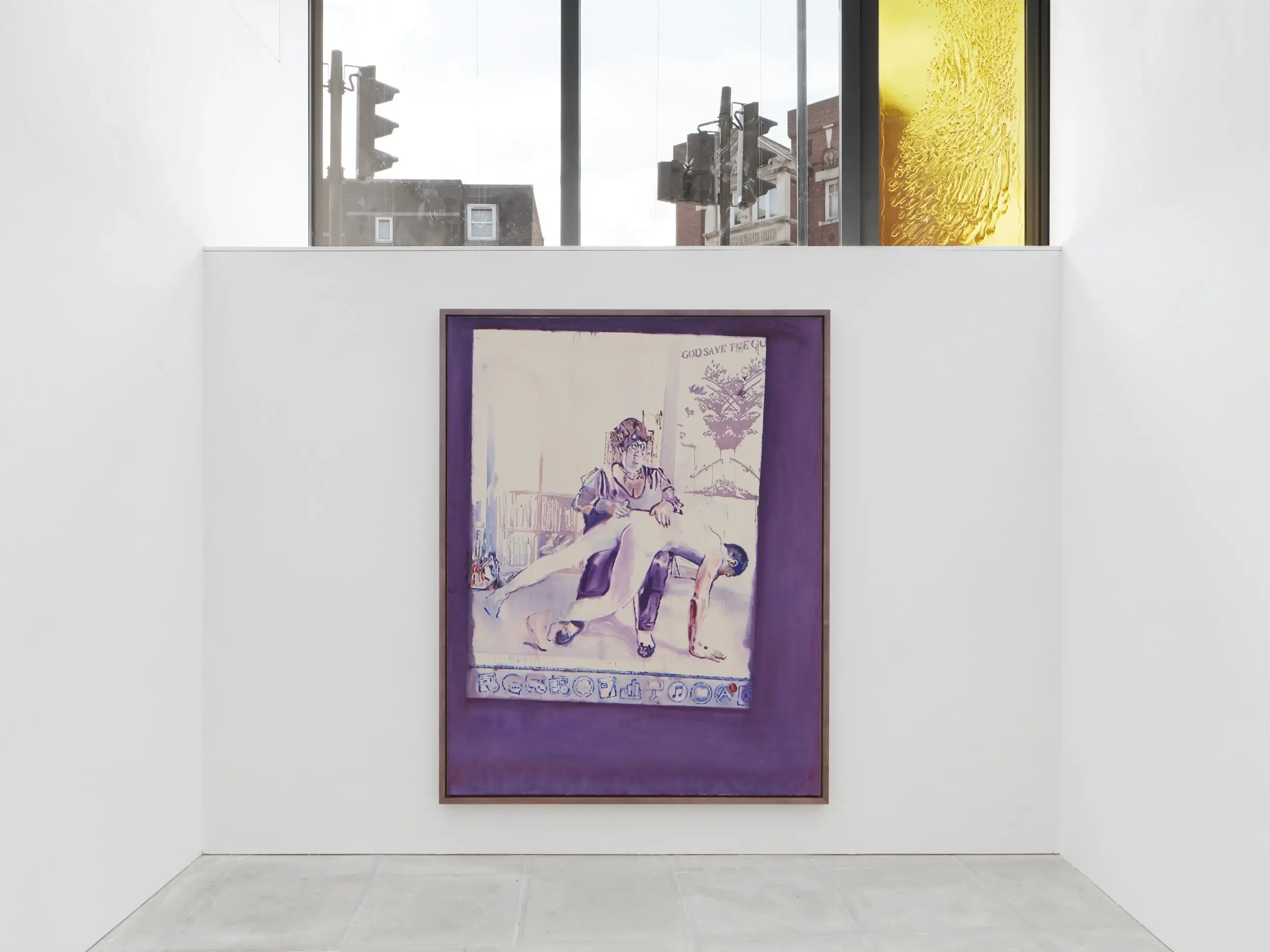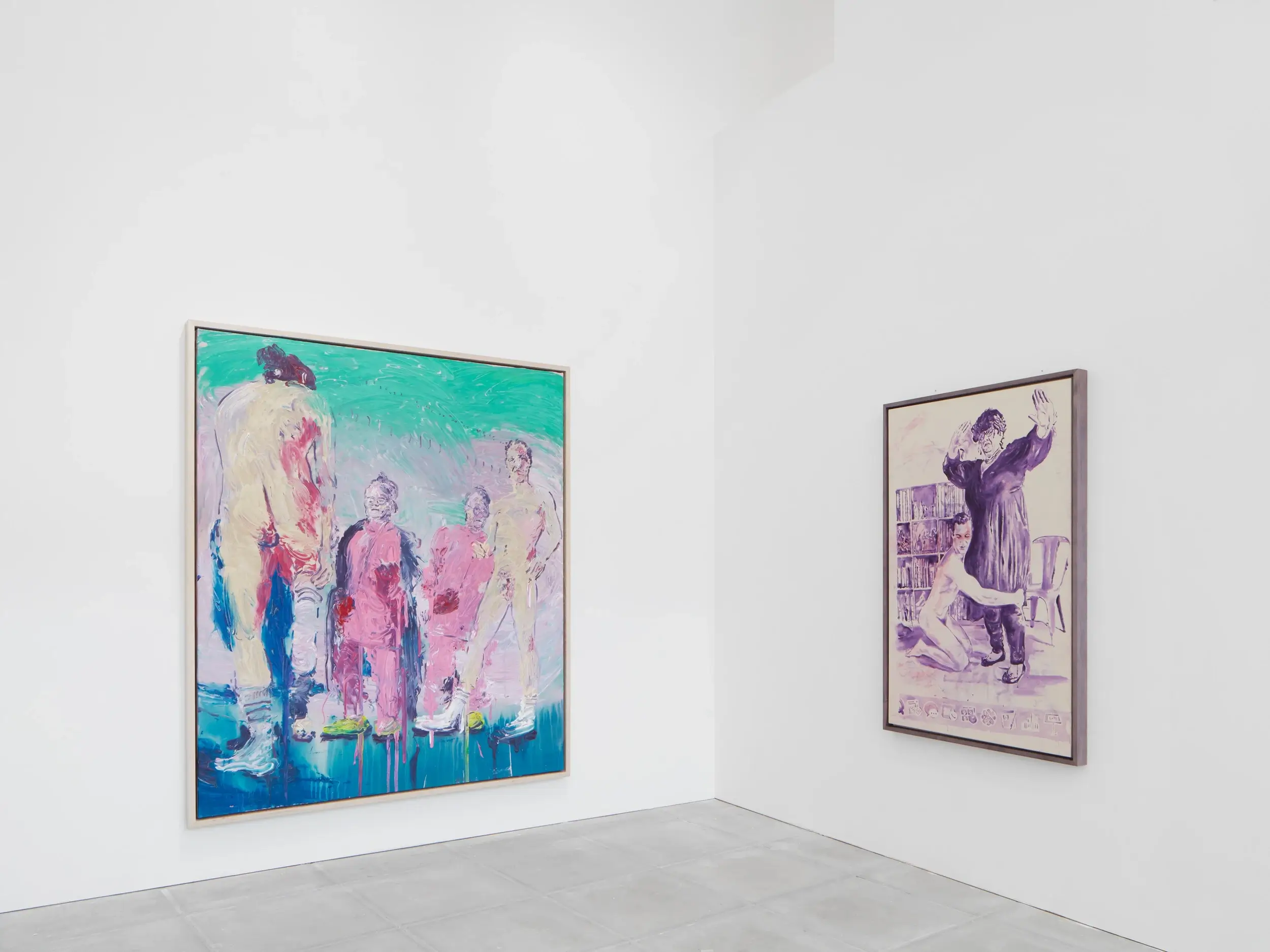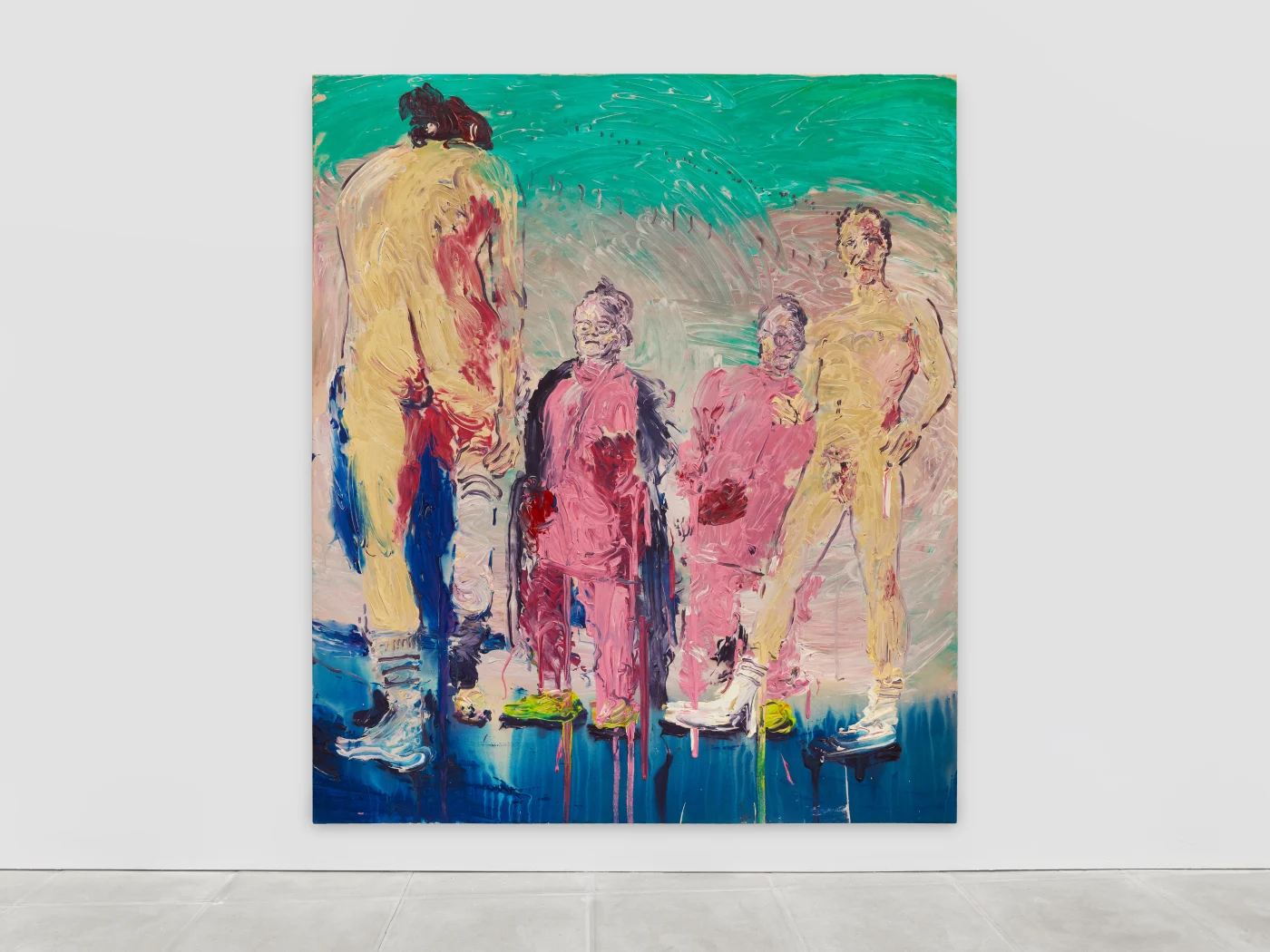Title: Posing For Sue
Date: 29 June 2023
Location: The Sunday Painter, 117-119 South Lambeth Road, SW8 1XA
The Sunday Painter is pleased to present the first painting show of Portuguese artist Rui Miguel Leitão Ferreira (b.1977) in the UK. Opening June 29th and curated by Daniel Malarkey, the exhibition sees Ferreira further develop his self-portrait series Posing for Sue.


The relationship between the artist and the model is one of most intimate and complicated of all human interactions. It is also the least observable one. The connection within that relationship is not established through conversation or touch, and the strength of the bond is not measured by the depth of emotional intimacy. The relation between the artist and their model is that of power that emerges through the process of surrender, the process of resignation of oneself to the mind and the intent of another. The very moment the model seemingly gives up all the power to the artist, they take it back through the vulnerability of their position. By exposing their body, the model becomes the object of chase and veneration, the ideal to be attained, the riddle to be solved, the story to be unfolded. The moment when the harmony is reached between the yearning and the intrigue of the artist and the limits and the territories of the model, and the trust is established, a relationship of true inspiration, experimentation and collaboration can thrive.

Straight away, at their first encounter Rui proposed Sue a project, filming him taking his clothes off in front of her. Some of the poses came to the artist’s mind from the works of art he wanted to investigate in relation to his own questions. The idea of letting Sue spank him was inspired by Max Ernst’s Young Virgin Spanking the Infant Jesus (1926), while Rui kneeling naked in front of his model was to recreate one of Freud’s late self-portraits Painter Surprised by a Naked Admirer (2005). By allowing his model to take charge, he wanted Sue to tell him how she felt about Freud and other artists through her body language:
“I’m sitting on her lap. She will spank me.
I asked her for that.
I said, please do it as you would, don’t hold back.
And she slapped me really hard.
I have two takes of this amazing video where she really goes for it and my bum cheeks are red.
Where did that charge came from?”


Painting images re-appropriated from the film stills, Rui Ferreira follows into the footsteps of so many artists before him, Dürer and Pontormo being notable examples, in using his naked body and his sexuality as a tool. However, while Dürer and Pontormo looked inwards for the reality of an unidealized body and projected their own lived experiences into their nudity, Ferreira studies his body through the impersonal lens of the camera and through the eyes of the model. The artist does not identify with his figures, on the contrary, he intentionally distances himself from his sexuality, leaving for the viewer only the naked power of connection between the observer and object of the gaze.
Yet, within the paragone dispute between painting and sculpture, he favours the medium of painting to free the works from a single viewpoint and to bring the viewer into the conversation. When Rui is working, he is only aware of the canvas and what it compels him to do. The artist processes his desires and passions onto his paintings as a way to delay and suspend the experience. His questions are innate to him and his artistic journey, yet they allow us to shine a different light onto our own fundamental questions – ourselves, our bodies, our relationship to art.



